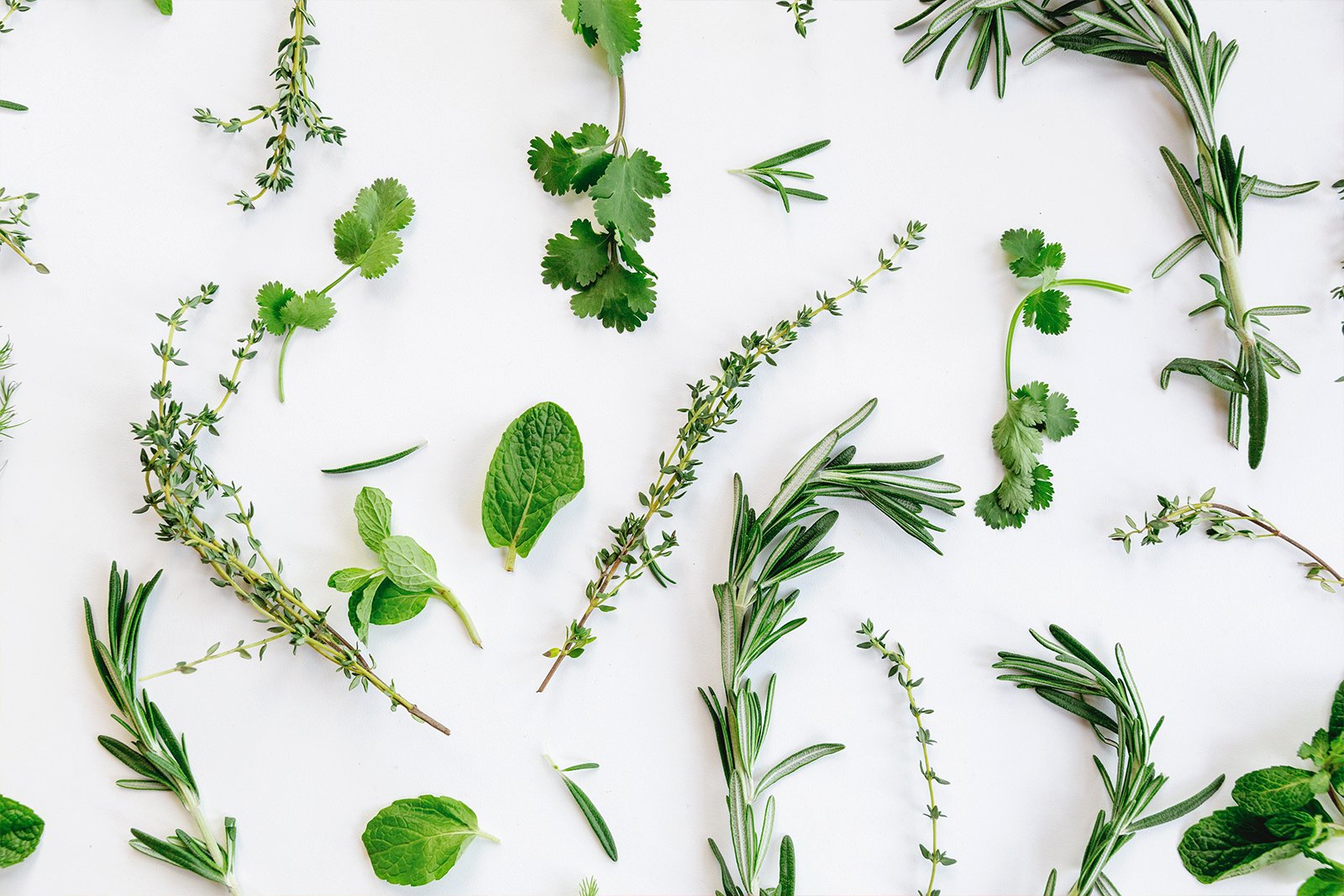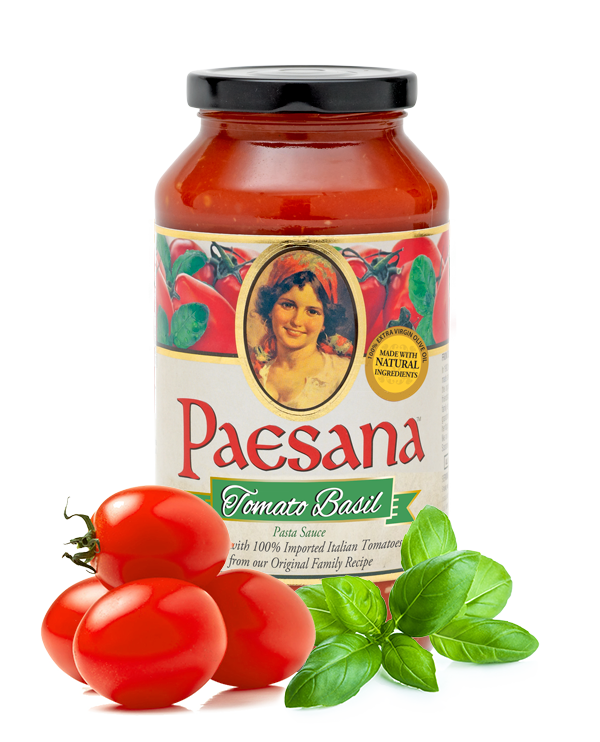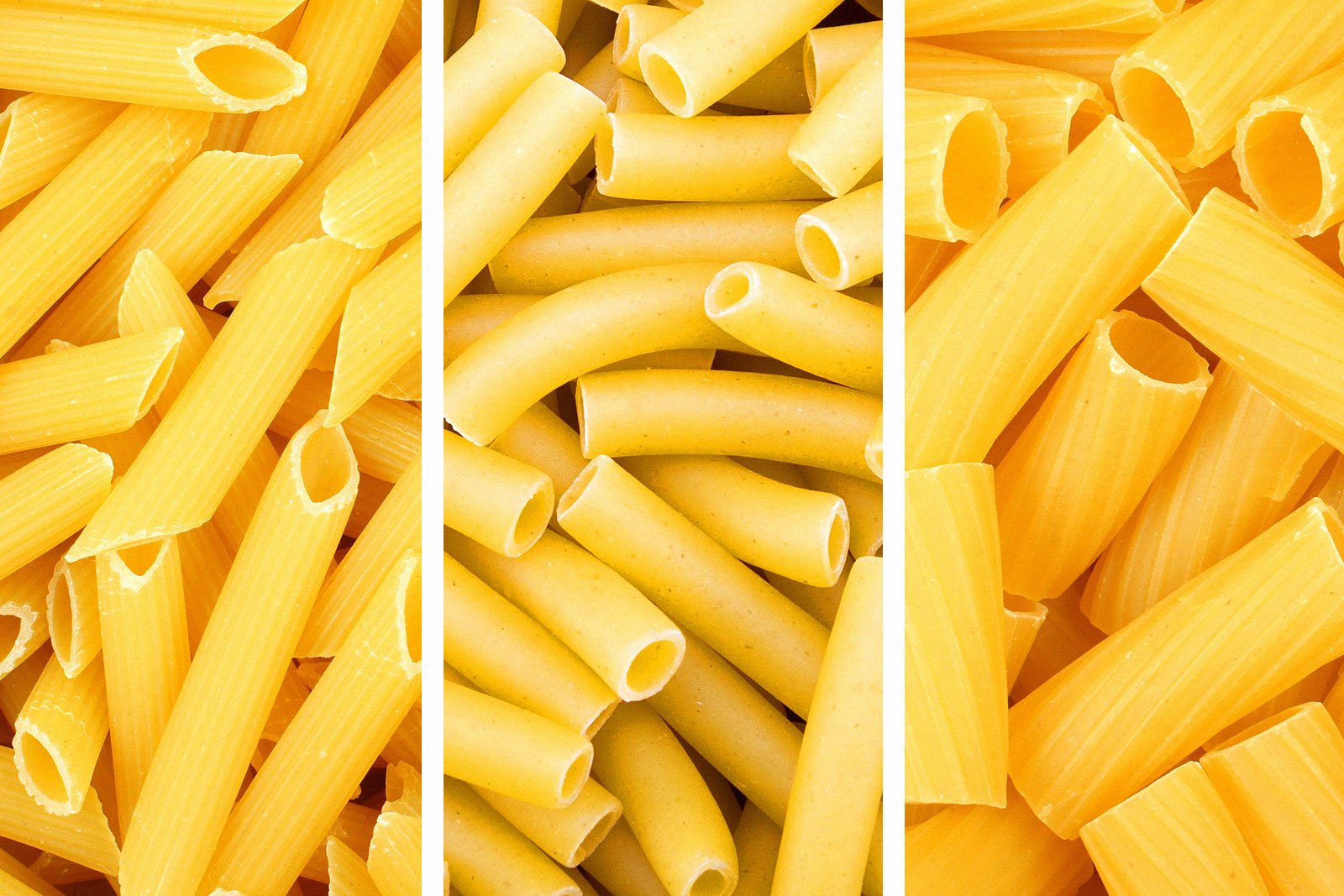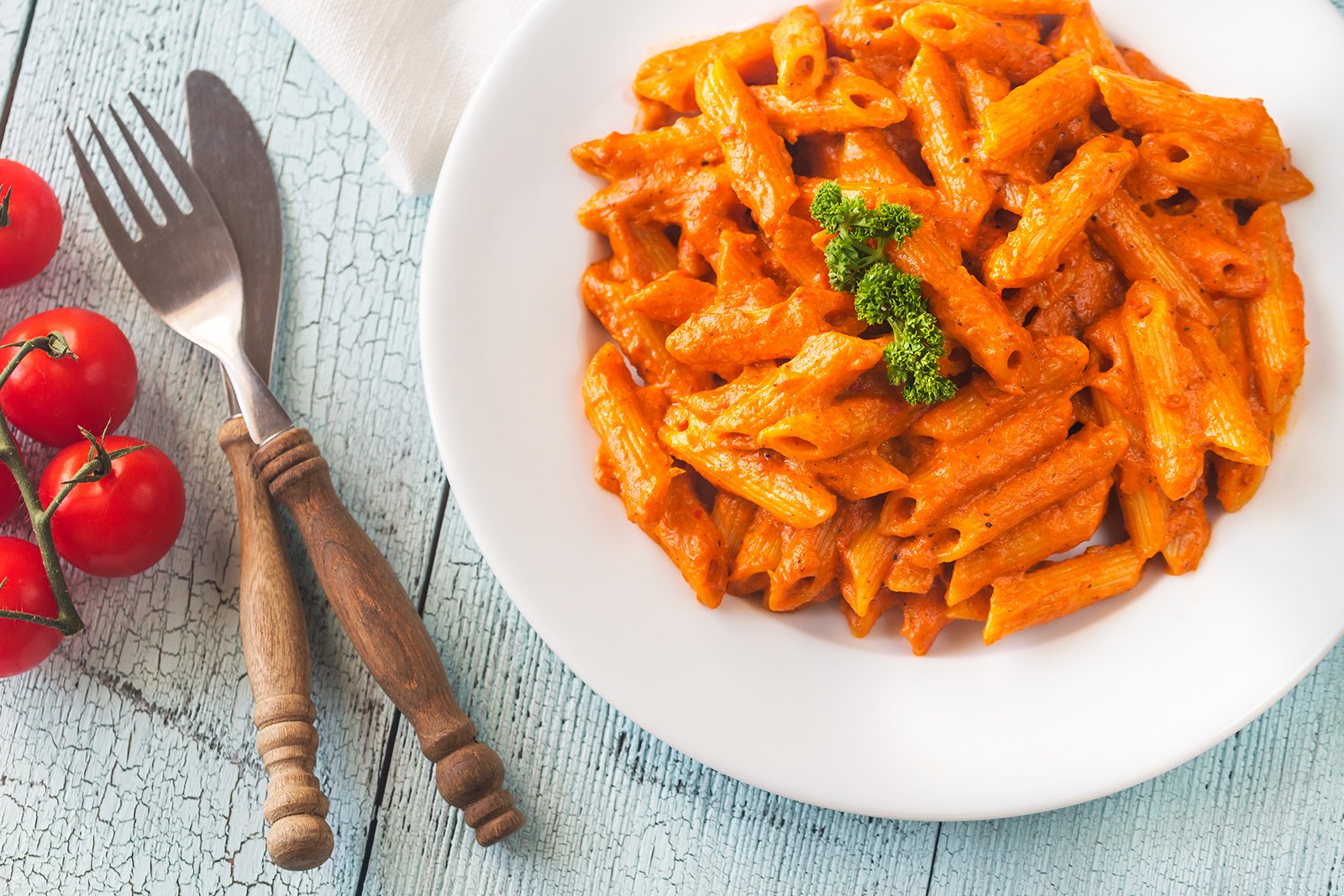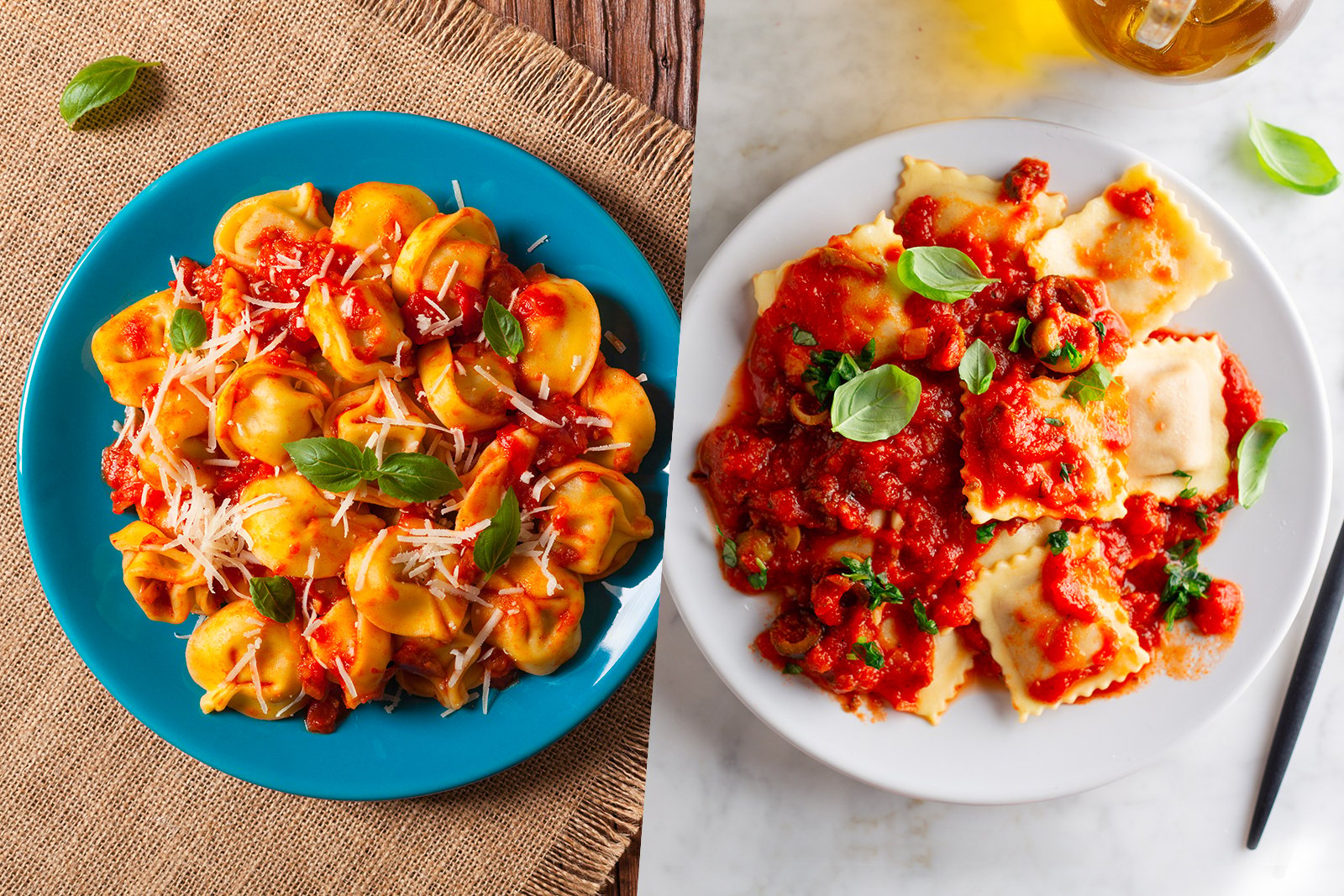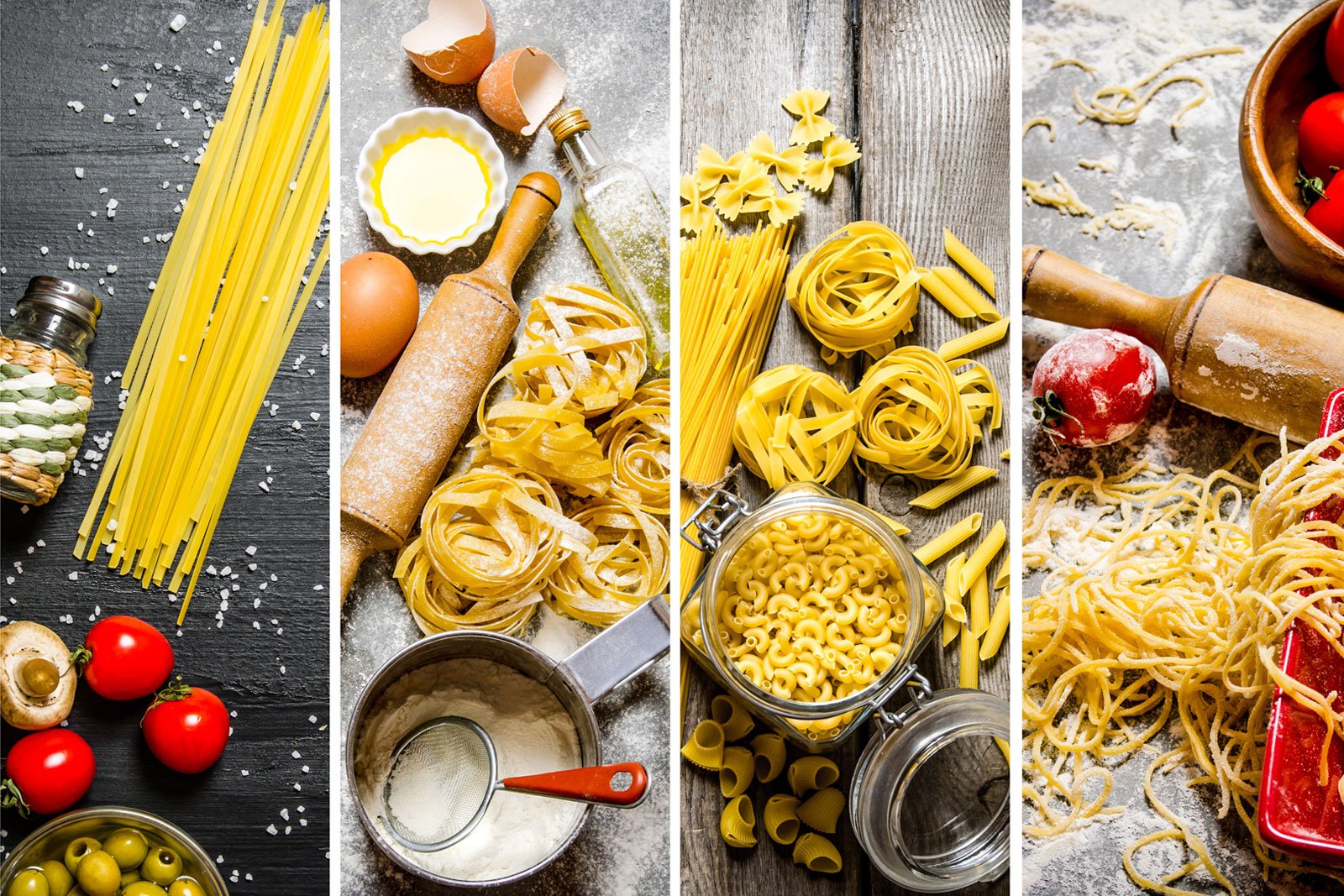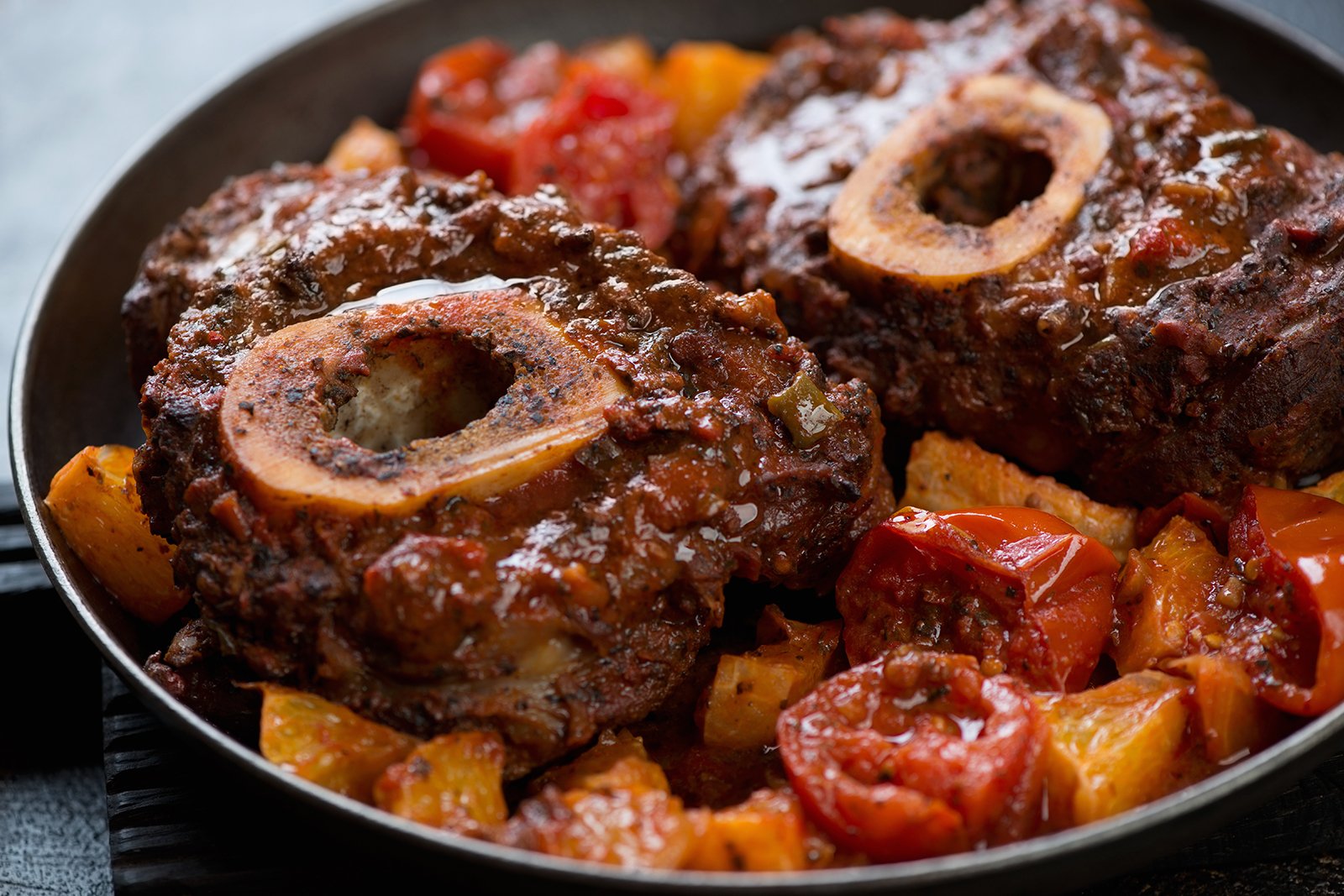Depending on who you ask, Italian seasoning can be either simple or complex. Hard-line purists believe that Italian cuisine should only be seasoned with three fixings: extra virgin olive oil, salt, and vinegar. While those three flavor components can indeed go a long way in bringing the best out of a meal, there’s a blend available in grocery stores and gardens that most home cooks keep stowed in their kitchen cabinet at all times.
Typically found in your supermarket’s spice aisle, Italian seasoning packets and shakers are used to deliver an extra herby dimension to kitchen creations. But where does Italian seasoning originate from, what’s actually in it, and why are those herbs in particular so crucial to cooking? Also, can you make your own at home? And what separates Italian seasoning from similar mixes such as Herbes de Provence?
How Five Herbs Became One
If you think Italian seasoning originates from Italy—you’re mostly correct.
The blend of herbs present in Italian seasoning usually consists of basil, oregano, rosemary, thyme, and marjoram, with other herbs and spices sometimes making an appearance. As the ancient Greeks and Romans experimented with special blends for flavoring, you could say that what we call “Italian seasoning” originated somewhere along the Mediterranean. Meanwhile, the 20 regions that make up Italy can all claim to have invented their own blends throughout culinary history.
Long story short: Tracing the actual origins of this particular mix of herbs is downright impossible. Suffice to say that home cooks gained a strong ally in the kitchen when Italian seasoning was first concocted—wherever that might be, specifically.
The Herbs In Italian Seasoning
With flavor notes from savory to pungent to floral to aromatic, Italian seasoning is the sum total taste of a unique blend of herbs. Highly prized on their own, these herbs complement each other when brought together, vastly improving flavor profiles while infusing savoriness in meat, fish, and vegetables.
Now, let’s go through each of the five most common herbs in Italian seasoning, delving briefly into what makes each one special.
Basil: With a strong, pungent, and sweet aroma, basil adds a peppery, garden-fresh taste in various recipes. Sprigs of fresh basil—along with sliced garlic—are often dropped into whole olive oil to provide a base flavor for tomato sauce.
Oregano: A familiar herb used in pizza and pasta sauces, oregano is most commonly found in its dried variety. Oregano can be slightly bitter, but it also delivers flavors described as earthy and green, with notes of mint and hay.
Thyme: A perennial kitchen herb, thyme has a gentle flavor that blends with just about any food it graces. Thyme brings herbal flavors with grass, wood, and floral notes to savory dishes like braised or roasted meat, vegetables, and fish.
Rosemary: An herb that pairs beautifully with thyme, rosemary can be woodsy and peppery, with a tea-like aroma and a charred-wood fragrance that makes it highly compatible foods cooked on a barbecue grill like chicken or pork chops.
Marjoram: Similarly sweet in aroma to thyme and basil, marjoram is actually a sort-of cousin to oregano. Marjoram brings a slightly spicy flavor to the party, with bitter and pungent notes that make it pair nicely with robust meat dishes.
What’s The Difference?
Though similar in its components to Italian seasoning, Herbes de Provence is a spice blend that originates in the southeast region of France—specifically in Provençal cuisine. Its flavor can be quite similar to Italian seasoning, but Herbes de Provence occasionally includes lavender (though only here in North America).
Making Your Own Italian Seasoning At Home
While store-bought shakers of dried Italian seasoning are certainly a convenient way to save time in the kitchen (and there’s nothing wrong with that!), there’s something incredibly rewarding about seasoning your food with seasoning that’s in your very own precise portions.
When you blend your own Italian seasoning, it also gives you the freedom to include other herbs and spices like sage, red pepper flakes, cilantro, fennel, parsley and more. And once you’ve mastered the art of blending herbs for an Italian seasoning, you can move on and try your hand at other mixes like taco seasoning and even pumpkin spice seasoning.
Be sure to label the container so you can grab and use a pinch at a moment’s notice.
To make your own Italian seasoning, blend 2 tablespoons each of your chosen dried herbs. When using the five classic herbs mentioned above, this recipe will make 10 tablespoons of Italian seasoning. But it’s easily scaled up or down to make as much or as little as you’ll need. To maintain maximum freshness, try to make about six months worth of seasoning.
Mix all the ingredients in a bowl until well combined. If you prefer seasoning to have a finer consistency, pulse the herbs in a spice grinder or food processor, utilize a mortar and pestle, or use the flat side of a frying pan to crush the mixture.
That’s basically it! Once you’re happy with the consistency of your blend, store it in an air-tight container and place it in a cool, dark space—like any of your kitchen cabinets, pantry or spice drawer. Be sure to label the container so you can grab and use a pinch at a moment’s notice.
Garden Fresh Flavors
No matter if you’re making a whole roasted chicken, a pan-seared branzino or a mix of fresh veggies, Italian seasoning is your five-herb friend and flavor partner in the kitchen. Alongside jars of gourmet Paesana pasta sauces and cooking sauces, Italian seasoning is one of the must-have items in any fully-stocked kitchen pantry.

